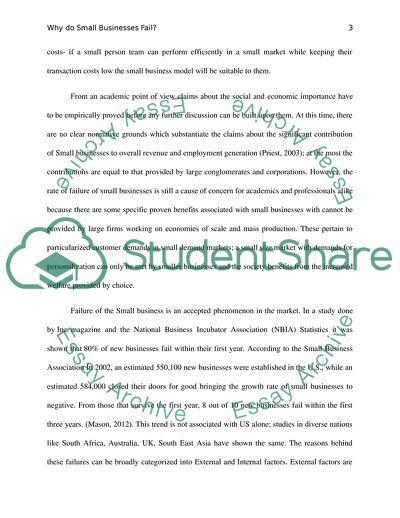Cite this document
(Why do many small businesses fail Research Paper - 1, n.d.)
Why do many small businesses fail Research Paper - 1. https://studentshare.org/business/1784645-why-do-many-small-businesses-fail
Why do many small businesses fail Research Paper - 1. https://studentshare.org/business/1784645-why-do-many-small-businesses-fail
(Why Do Many Small Businesses Fail Research Paper - 1)
Why Do Many Small Businesses Fail Research Paper - 1. https://studentshare.org/business/1784645-why-do-many-small-businesses-fail.
Why Do Many Small Businesses Fail Research Paper - 1. https://studentshare.org/business/1784645-why-do-many-small-businesses-fail.
“Why Do Many Small Businesses Fail Research Paper - 1”. https://studentshare.org/business/1784645-why-do-many-small-businesses-fail.


